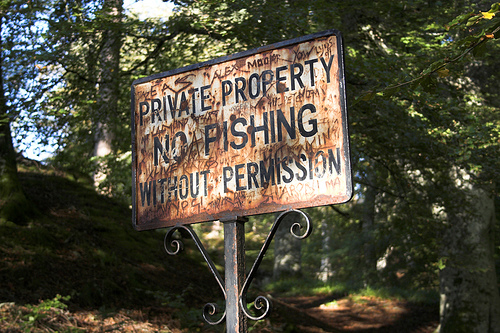The May issue of Outdoor Life carried an article entitled “Can I Fish This Stream?” It included a map of the U.S. showing 45 states with “limited stream access,” 4 with “pending access litigation,” and 1 with “liberal stream access.” The one was Montana, about which the article’s author opined, “Anglers in other states should be so fortunate.” Not so fast.
Since the original stream access cases in the early 1980s, landowners have claimed that the court and the legislature took property rights without compensation. Not surprisingly, the conflict has torn the social fabric of landowner-sportsman relations in Montana.
What the author failed to note was the unintended consequences of Montana’s law, namely landowners who cannot prevent access have less incentive to preserve habitat. The now infamous Mitchell Slough case in southwest Montana illustrates what can happen. When anglers took the right to control access from landowners and created public access to the reclaimed irrigation ditch paid for by landowner dollars, owners rightfully shut off the flow leaving fish high and dry. Not only did this reduce spawning habitat for trout that previously migrated freely into the Bitterroot River over which public access has never been questioned, it reduced the incentive of other landowners to invest in such reclamation projects.
The Outdoor Life article concludes that “although Montanans were able to ward off impingement of their access rights last fall, it’s not likely that the assaults on stream and river accessibility are over.” Proponents of unlimited access fail to recognize that their assault on landowner rights is also an assault on trout habitat.
Access unlimited, yes; trout unlimited, no.



